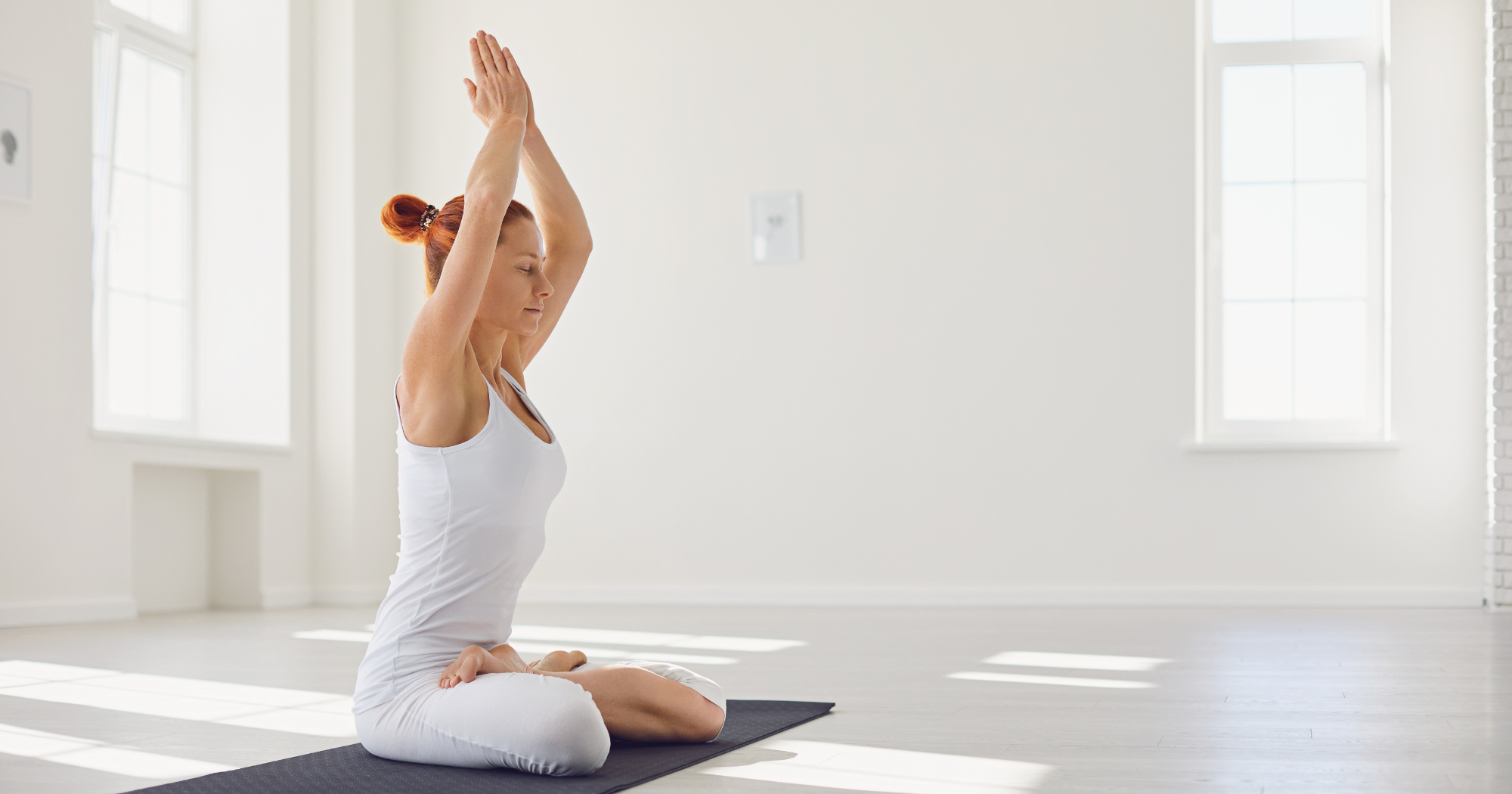
Sitting Disease is Taking a Toll on Your Body
, by Ronald de Hoog, 2 min reading time
Plus de 1 200 clients satisfaits  (4.7/5)
(4.7/5)

, by Ronald de Hoog, 2 min reading time
First, what do we mean when we refer to sitting disease? The "sitting disease," or a sedentary lifestyle, is a term used to describe individuals whom engage in prolonged periods of sitting or overall inactivity. While sitting down all day may seem harmless, you may be surprised by the negative impact it has on your health. Negative effects such as an increased risk for type 2 diabetes, heart disease and certain cancers (breast and colon) are all found to be associated with the sitting disease.

On average, American's sit 11 hours/day.
2. 300,000 deaths occur annually due to inactivity and poor dietary habits in the United States alone.
3. 20% of all deaths of people 35 and older are attributed to a lack of physical activity.
4. 65% of American's watch 2 or more hours of TV every day.
5. Only 6.5% of American's meet the minimal physical guideline requirements for work.
6. Sedentary lifestyles are responsible for an estimated $24 billion in direct medical spending.
7. Women are more likely to lead sedentary lives than men.
Health risks caused by sedentarism and the dangers of sitting can be prevented simply by moving more during the day. This doesn’t mean you need to get those old dusty running shoes out of the closet and start training for a marathon. There are plenty of easy and convenient ways you can integrate movement into your schedule, whether at home or in the workplace.
The Physical Activity Pyramid shown below is based on the U.S. Department of Health and Human Services recommendations. Where every adult should participate in moderate-intensity cardio physical activity on 3-5 days for a minimum of 150 minutes each week, or participate in vigorous-intensity cardio physical activity on 3-5 days for a minimum of 75 minutes each week to circumvent the dangers of sitting. This should be done in combination with 8-10 strength-training exercises, 8-12 repetitions of each exercise twice each week.
1. Walking up/down the stairs instead of taking the elevator
2. Walking around while talking on the phone
3. Changing traditional video games into activity promoting games
4. Limiting the amount of time you spend watching TV
5. Integrating a treadmill desk or bike desk into your office
6. Having walk-and-talk meetings
7. Getting a walking buddy
8. Walking or riding your bike to work


